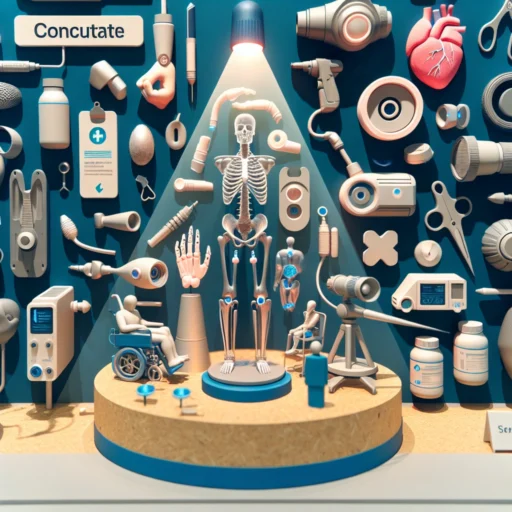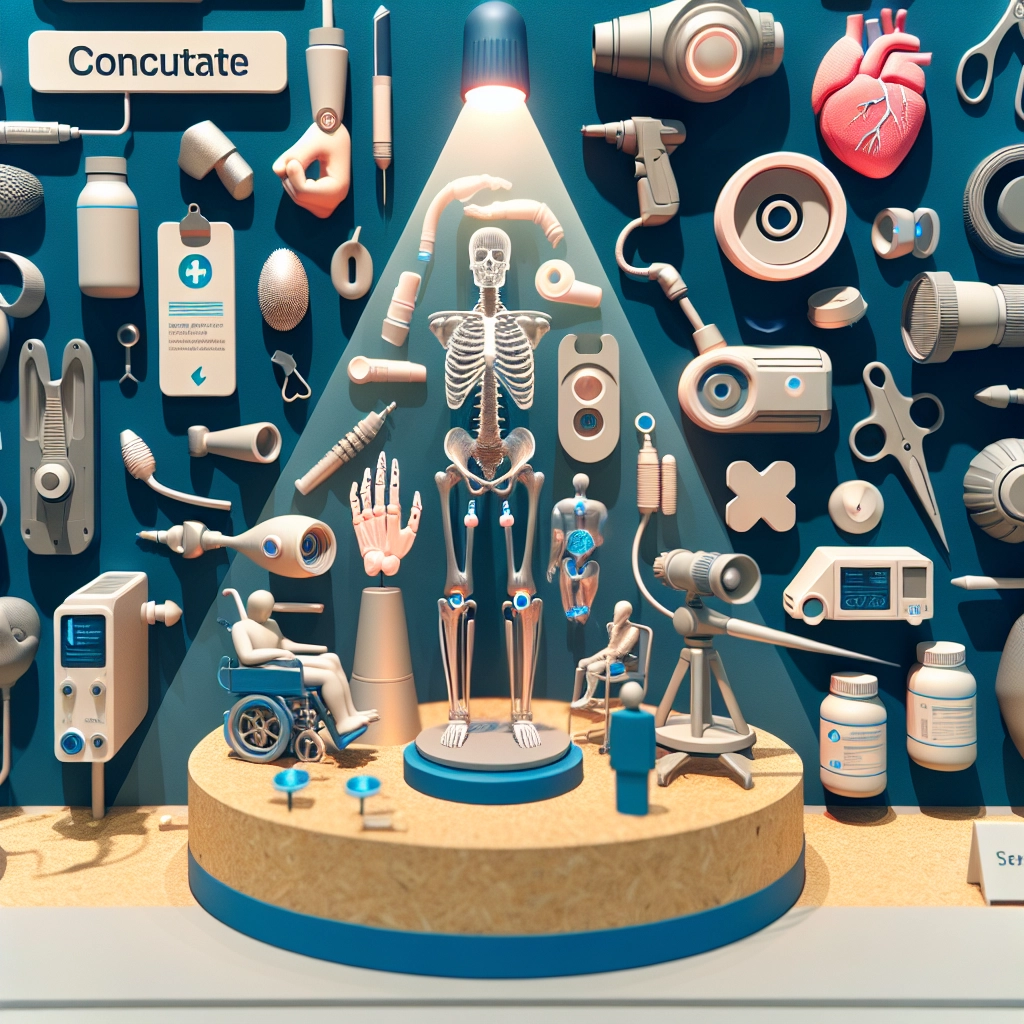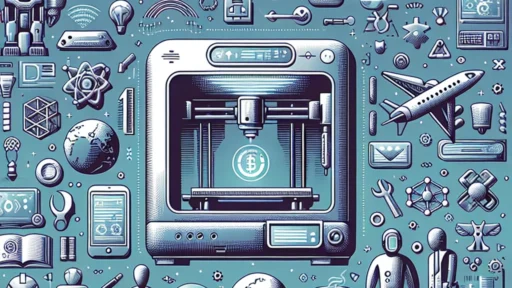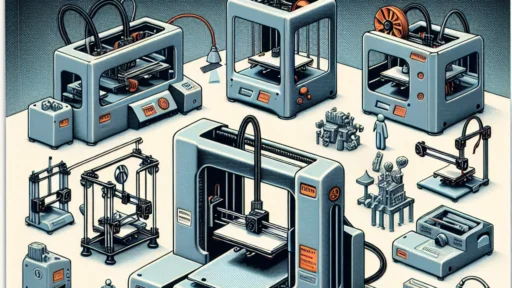Spotlight on Innovative Uses of 3D Printing in Healthcare
In recent years, 3D printing has surged from the realm of manufacturing, hobbyists, and tech enthusiasts into a breathtaking force for innovation in healthcare. The possibilities seem limitless, and as the technology evolves, so do the ways we can harness it to improve patient care and redefine treatment protocols. Today, let’s explore some of the groundbreaking applications of 3D printing in the healthcare field that are transforming the way we think about medicine.
Custom Prosthetics
One of the most impactful uses of 3D printing in healthcare is undoubtedly in the creation of custom prosthetics. Traditionally, prosthetics have been expensive, time-consuming to make, and often poorly fitting. Thanks to 3D printing, patients can now receive prosthetic limbs that are tailored specifically to their body shape and measurements. This not only enhances comfort but also improves functionality.
For instance, companies like Unlimited Tomorrow are printing prosthetic arms that are lightweight and cater to the individual’s needs. Imagine a kid getting a prosthetic leg that not only fits perfectly but also incorporates fun colors and designs. It’s not just about utility; it’s about helping individuals regain their confidence and feel good about themselves.
Surgical Planning and Models
Surgeons have always relied on skill and experience, but 3D printing is taking surgical planning to an entirely new level. With the ability to create precise anatomical models from patient scans (like MRIs and CT scans), surgeons can now practice intricate procedures before ever stepping into the operating room.
For example, if a surgeon is preparing for a complex heart surgery, they can utilize a 3D-printed model of the patient’s heart to understand better the anomalies they will face. This not only enhances accuracy during surgeries but can also significantly reduce operation times and improve patient outcomes.
Bioprinting Organs and Tissues
While still in the research phase, the concept of bioprinting—using 3D printing technologies to create tissues and even organs—is one of the most exciting frontiers in healthcare. Imagine a future where damaged organs can be replaced with completely functional, lab-grown replicas created from a patient’s own cells. The implications for organ transplants alone are staggering, as it could potentially eliminate waiting lists and the risk of organ rejection.
Companies like Organovo have taken steps toward making this dream a reality by 3D printing functional human tissues for drug testing and disease modeling. Although we’re not quite there yet with printing full organs, these advancements underline a hopeful future where bioprinting could eventually address one of healthcare’s most pressing challenges.
Dental Applications
3D printing has also made significant inroads in dentistry, enhancing everything from custom dental implants to aligners. Traditional methods of creating dental appliances can be lengthy and uncomfortable for patients, often requiring multiple visits. With 3D printing, dentists can produce durable and precise dental models in significantly less time.
For instance, Invisalign has revolutionized orthodontics by using 3D printing to create custom aligners tailored perfectly to each patient’s needs. This means more comfortable, effective treatment that can lead to healthier teeth and gums—all with the added bonus of improved aesthetics.
Medical Devices and Instruments
3D printing isn’t just for prosthetics and models; it’s also stepping in to revolutionize the creation of medical devices and instruments. Hospitals can now produce surgical instruments on-site, often leading to cost savings and reduced waiting times for needed tools. This is particularly valuable in low-resource settings where access to sterilized and reliable medical equipment can be a challenge.
Additionally, companies are exploring 3D-printed scaffolds and implants that can promote tissue regeneration in various parts of the body, resulting in faster healing and recovery times for patients.
As we look towards the future, it’s clear that 3D printing holds the potential to reshape the healthcare landscape dramatically. From enhancing the precision of surgical procedures to allowing for personalized treatments, the applications are vast and vary from enhancing individual experiences to rewriting the rules of medical science. Although challenges in regulation and scalability remain, the examples we’ve explored today showcase just a glimpse of how this technology could lead to more personalized, effective, and efficient healthcare. The road ahead is undeniably exciting, suggesting that we’re only scratching the surface of what’s possible in this innovative intersection of technology and health.






